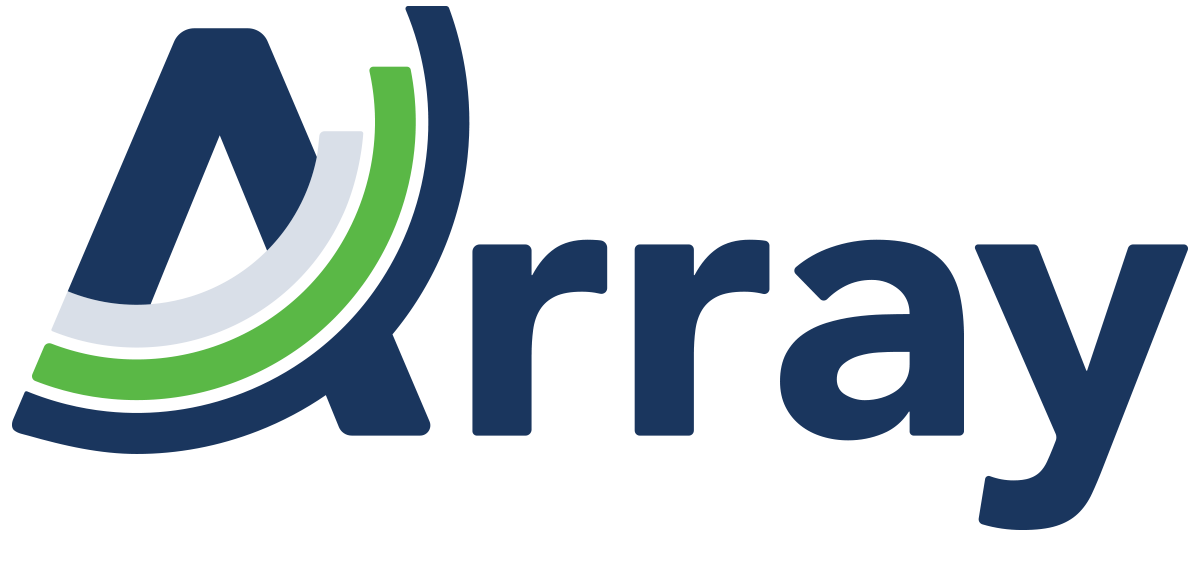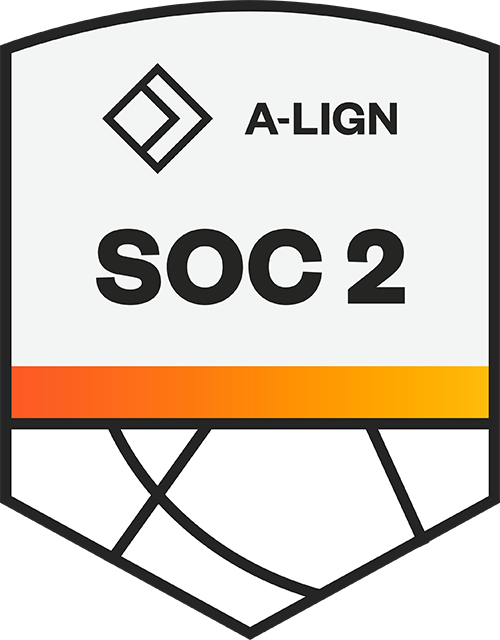After exploring the evolving landscape of attachments in our previous posts, it’s time to address a critical aspect that many legal teams overlook: the true economic impact of modern attachments. While the shift to linked content has streamlined collaboration in today’s workplace, it has introduced hidden costs throughout the eDiscovery process that can dramatically impact project budgets and timelines.
The Deceptive Economics of Modern Attachments
At first glance, linked attachments appear cost-effective – smaller emails, reduced storage requirements, improved collaboration. Yet beneath this surface-level efficiency lies a complex cost structure that most organizations fail to fully recognize:
1. The Manual Tracking Tax
When processing communications containing linked content, traditional engines capture links as mere text rather than pathways to potentially critical evidence. This fundamental technological gap forces highly skilled professionals into labor-intensive manual tracking processes.
In consulting with dozens of organizations, I’ve seen project managers spend countless hours identifying patterns in link references, locating corresponding documents across disparate repositories, and creating makeshift systems to represent these relationships. Our metrics reveal matters with significant linked content can require up to 40% more project management time – a substantial hidden cost rarely captured in initial budget projections.
2. The Evidence Risk Premium
Beyond immediate costs, linked attachments introduce significant risk exposure. When references to cloud documents go uncollected or relationships between messages and their linked content break, the consequences can be severe: legal strategy disruption, potential sanctions, reputation damage, and potentially altered case outcomes.
This risk creates an invisible premium that teams pay through expanded collection scopes, additional validation steps, and more conservative collection approaches – all increasing project costs without appearing as line items in traditional budgets.
3. The Review Efficiency Penalty
Even with successful collection, the fragmented nature of modern attachments creates substantial review inefficiencies. Reviewers constantly switch contexts between messages and their referenced content, forced to mentally reassemble document relationships that electronic systems fail to maintain.
This cognitive burden measurably impacts review speeds – our data shows decreases of 15-25% when dealing with communications heavy in linked content. Across large-scale reviews, this translates directly into significant cost increases that organizations rarely anticipate.
The Innovation Resistance Cycle
What’s truly concerning isn’t just these hidden costs, but the industry’s approach to addressing them. I’ve identified a troubling pattern that perpetuates the problem:
- Focus on Immediate Functionality Over Adaptable Architecture
Providers rush to market with tools solving today’s specific challenges (like Google Drive links) without building foundations that can evolve with constantly changing platforms. These solutions become obsolete within months as platforms update or new attachment types emerge. - Reverting to Manual Processes as Default
When solutions fail to adapt, teams fall back on manual processes, investing thousands of hours annually in link tracking while simultaneously hesitating to allocate resources toward sustainable automation. - Institutional Resistance to Non-Conventional Approaches
This growing investment in manual workflows creates organizational resistance to exploring truly innovative technologies. I’ve watched promising AI-powered classification systems and cross-platform connection tools struggle to gain traction – not because they don’t work, but because they represent unfamiliar approaches in an industry that’s developed a collective comfort with “tried and true” methodologies.
This cycle creates technological stagnation exactly when we need rapid evolution. The data landscapes we navigate transform monthly with new collaboration platforms, new linking mechanisms, and new communication methods. Our solution approaches must evolve just as quickly.
Breaking the Cycle: Future-Proofed Strategies
For legal teams evaluating modern attachment solutions, the path forward requires a fundamental shift in perspective:
- Demand Architectural Adaptability
Look beyond immediate functionality to evaluate whether solutions are built on flexible frameworks capable of evolving alongside communication platforms. Question providers about their ongoing R&D investment in maintaining and advancing their solutions. - Prioritize Design for Change
The most valuable solutions aren’t those that perfectly handle today’s attachment formats, but those designed with change as a fundamental assumption. Assess whether the underlying architecture can accommodate new platforms and attachment types without requiring complete rebuilds. - Embrace Emerging Technologies
Be willing to explore non-conventional approaches that leverage AI, machine learning, and pattern recognition to address the root challenges of modern attachments. These technologies can often adapt more readily to changing data landscapes than traditional rules-based systems. - Quantify the True Economics
Calculate the comprehensive costs of your current approach – including manual processes, review inefficiencies, and risk management – to create an accurate baseline for evaluating investment in more sustainable solutions.
The Path Forward
The industry’s approach to modern attachments stands at a critical inflection point. Organizations that continue investing in short-term fixes and manual workarounds face spiraling costs and growing risks as data complexity increases. Those that shift toward adaptable, forward-looking solutions position themselves for more predictable budgets, improved outcomes, and enhanced client service.
As communication platforms continue their rapid evolution, the question isn’t simply whether your organization can afford to invest in modern attachment solutions, but whether you can sustain the exponentially growing costs – both visible and hidden – of failing to do so.
Christine Porras is the Director of Technology Solutions at Array, where she leads initiatives to address emerging challenges in eDiscovery and develop innovative workflows for complex data scenarios. With over two decades of experience in the legal technology industry, she brings a unique perspective on the evolving challenges of modern data management.

